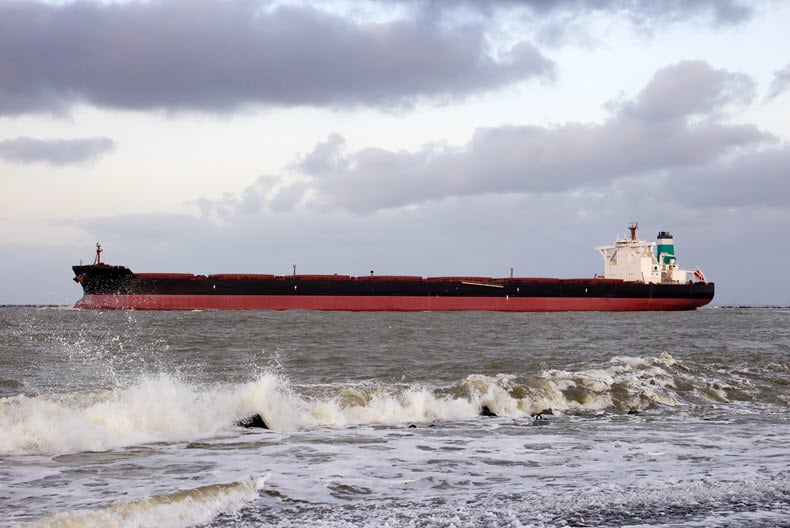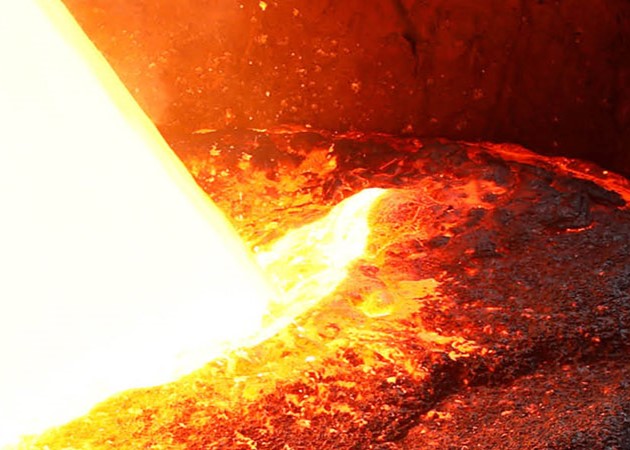Following the recovery in freight rates after the weather-related disruptions in 2023 Q1, the Baltic Exchange Dry Index (BDI) experienced a significant decline. This decline has been primarily driven by decreases in the Capesize segment. Notably, China’s slowing recovery, as noted in CRU’s China Macro Monthly, has pressured spot freight rates. As a result, the BDI witnessed a sharp decline of 39% through the month of May.
Looking ahead, Maritime Strategies International (MSI) projects a year-on-year dry bulk cargo growth of 2.4% in 2023. However, MSI estimates that demand will be 0.1% lower compared to the previous year, as fleet efficiency returns to pre-pandemic levels and offsets cargo growth. Additionally, there will be a substantial increase of 3.5% y/y in fleet supply this year. Consequently, there is 31 million deadweight tonnage (DWT) more supply in 2023 compared to last year.
Consequently, time charter rates are predicted to decline by an average of 2% q/q in Q3 and a further 8% q/q in Q4, resulting in a 32% y/y decrease in 2023. However, declines are not the same across segments. The Capesize segment is expected to see a modest 2% q/q increase in Q3, followed by a 6% q/q decrease in Q4 to $17,410 /day. Sub-Capesize benchmarks are projected to experience a greater decline than Capesize. With port congestion easing, Sub-Capesize benchmarks are expected to decrease by 8% in 23H2 compared to 23H1.
China’s slowing recovery impacts the freight market
The Baltic Exchange Capesize Index (BCI) experienced a sharp 58% decline from its May peak to the beginning of June, reaching 1116. Positive sentiment from Chinese economic growth recovery projections had a temporary supportive impact.
The index experienced a reversal in June, gaining 36% compared to the end of May. June is traditionally the strongest period for iron ore supply, and so far, shipments from Australia and Brazil have exceeded expectations as noted by CRU’s iron ore service. Port Hedland, which is one of the most important ports for iron ore exports, is performing particularly well, trending above last year's levels.
The 2023 charter rate forecast for iron ore trade, considering China's weakened steel demand drivers, is only 1.1% y/y growth. Additionally, the delivery of large vessels has exceeded expectations, leading to a bearish outlook for Capesize freight rates due to a combination of stronger supply and weaker trade growth.
MSI predicts a slight 2% q/q increase in rates for 2023 Q3, followed by a projected decline of 6% q/q in Q4.
A significant upside risk to Capesize rates arises from possible responses to China's fragile recovery. Policymakers might introduce targeted support measures to stimulate construction activity, which could potentially provide some support to Capesize demand and rates.
Additionally, there is the potential for an improvement in iron ore demand from China due to multi-year low levels of iron ore stocks. This indicates possible short-term support for Capesize demand.
The Baltic Exchange Panamax (BPI) index reached its highest point in April at 1,852. Panamax loadings fluctuate cyclically throughout the year, following grain, soybeans, and coal market seasonality, with the peak usually occurring in March/April. Based on this pattern, MSI predicts that rates have reached their peak in 2023 and anticipates a flat rate performance in Q3 (-3% q/q) and a 12% q/q decrease in Q4.
The Baltic Exchange Supramax (BSI) index has displayed a bearish trend from May to June, resembling the levels observed earlier in the year when the market faced challenges related to cargo availability and a delayed increase in activity following the Chinese New Year. While there is an expectation of relative resilience in the Supramax market based on seasonal patterns, there is skepticism regarding any positive growth prospects for this year. The market no longer benefits from high port congestion and long waiting delays. According to MSI, the average waiting time for loading and discharge operations in early Q1 dropped below 5 days, showing a decline from the peak of 6.7 days recorded in early 2021.
Indices rise in June but our outlook remains cautious
These and other economic developments that impact commodity markets are discussed with CRU subscribers regularly. To enquire about CRU services or to discuss this topic in detail, get in touch with us.
CRU experts discussed the impact of the war in Ukraine on commodity markets in a recent webinar. Experts from all major commodity areas joined CRU’s Head of Economics and an energy specialist to discuss markets one month on from the invasion of Ukraine. The webinar is available to watch on-demand here.
















